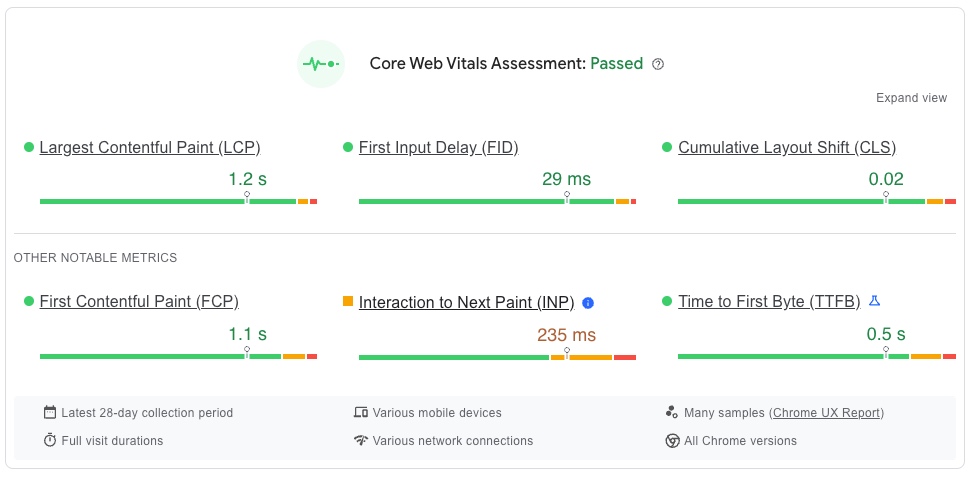Social media has long been talked about in the Internet marketing world as the ultimate replacement for Google and I was somewhat skeptical about it in the early days. However, today as Google has become arguably the most involved and expensive promotion medium and social has become mainstream globally, it makes sense that we start looking at the latter with a lot of hope.
Should You Use Images on Your Website, and How Many?
Images enhance the visual appeal of a webpage, helping to illustrate key points and evoke emotional responses from readers. However, they also come with a …











 Affiliate marketing can be an exciting but daunting endeavor. It helps to be able to chat with people who have had success and know what you’re going through. Forums are a great place to learn something new and commiserate with fellow marketers. Below we compare seven of the most popular affiliate marketing forums. Most have similar topics in a broad sense, but the focus and tone of each forum varies. Registration for all the forums listed is free.
Affiliate marketing can be an exciting but daunting endeavor. It helps to be able to chat with people who have had success and know what you’re going through. Forums are a great place to learn something new and commiserate with fellow marketers. Below we compare seven of the most popular affiliate marketing forums. Most have similar topics in a broad sense, but the focus and tone of each forum varies. Registration for all the forums listed is free.